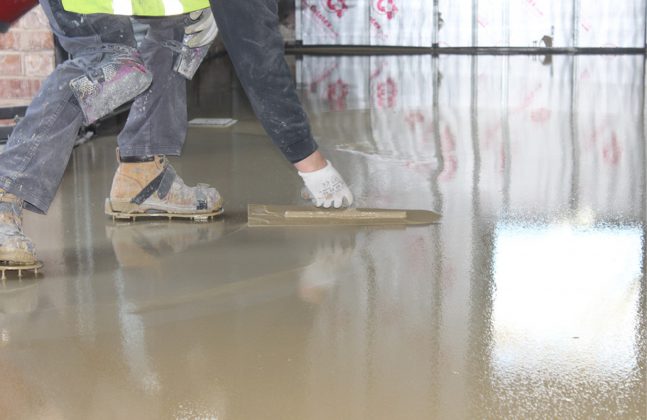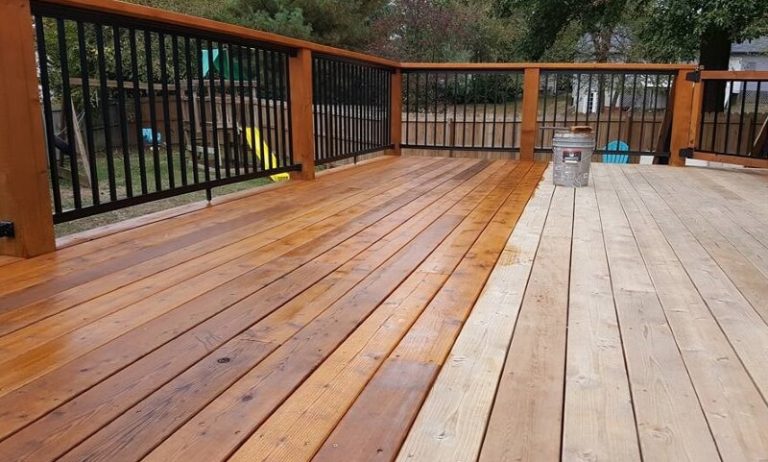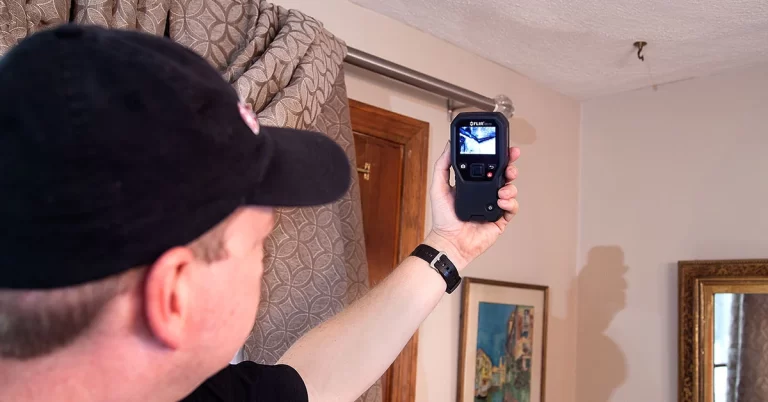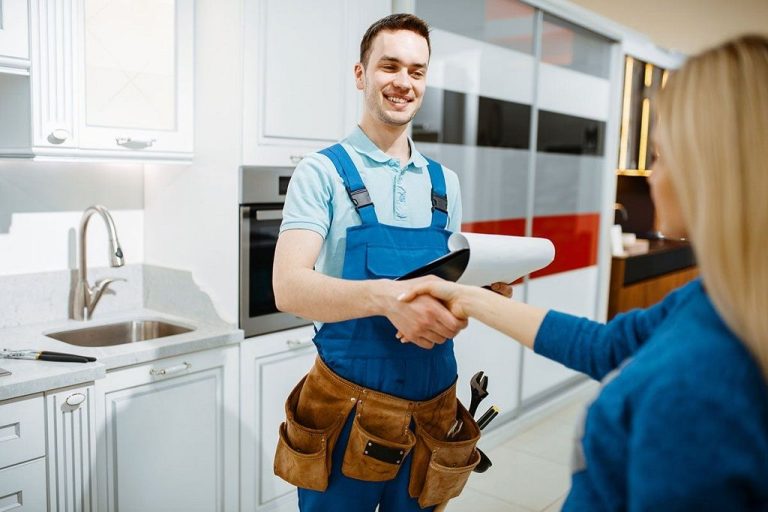
Introduction: In the realm of construction, innovations continually reshape the landscape, offering improved efficiency, durability, and aesthetics. Among these advancements, self levelling screed stands out as a game-changer in flooring installation. With its remarkable properties and benefits, it has revolutionized the way floors are prepared and laid. Let’s delve into the world of self-leveling screed and explore its transformative impact on the construction industry.
- Understanding Self-Leveling Screed: Self-leveling screed is a specialized cementitious compound designed to create smooth and level surfaces on subfloors. Unlike traditional methods that require manual leveling and extensive labor, self-leveling screed simplifies the process by automatically spreading and smoothing itself over uneven surfaces. This remarkable material can adapt to various substrates, including concrete, wood, and existing tiles, making it versatile for different flooring applications.
- Enhanced Efficiency: One of the most significant advantages of self-leveling screed is its ability to save time and labor costs. Traditional floor leveling techniques involve meticulous measurements, manual mixing of materials, and extensive manual labor to achieve a smooth surface. In contrast, self-leveling screed dramatically reduces the time and effort required for floor preparation, allowing contractors to complete projects more efficiently.
- Seamless Application: Self-leveling screed offers a seamless application process, ensuring uniformity and consistency across the entire floor surface. Its fluid nature allows it to flow effortlessly into gaps, cracks, and irregularities, resulting in a perfectly level substrate for the final floor covering. This seamless application minimizes the risk of imperfections and ensures a flawless finish, enhancing the overall quality and aesthetics of the flooring.
- Versatility and Adaptability: Another remarkable feature of self-leveling screed is its versatility and adaptability to various flooring materials and conditions. Whether installing ceramic tiles, hardwood flooring, or luxury vinyl planks, self-leveling screed provides a stable and level base, ensuring optimal performance and longevity of the floor covering. Additionally, it can be tailored to meet specific requirements, such as thickness, drying time, and compressive strength, making it suitable for a wide range of construction projects.

- Durability and Longevity: Self-leveling screed enhances the durability and longevity of flooring systems by providing a solid and stable foundation. Its high compressive strength and excellent bonding properties ensure long-term structural integrity, minimizing the risk of cracks, settlement, and other common issues associated with uneven substrates. By creating a durable and resilient surface, self-leveling screed extends the lifespan of the flooring system, reducing maintenance requirements and lifecycle costs.
- Environmental Sustainability: In an era where sustainability is paramount, self-leveling screed offers environmental benefits by reducing material waste and energy consumption. Its efficient application process minimizes the need for additional resources, such as water and labor, while its long-term durability reduces the frequency of floor repairs and replacements. By promoting resource efficiency and reducing environmental impact, self-leveling screed aligns with the principles of sustainable construction practices.
Self-leveling screed has emerged as a revolutionary solution in the realm of flooring installation, offering enhanced efficiency, seamless application, versatility, durability, and environmental sustainability. By streamlining the floor preparation process and ensuring a level substrate, it has transformed the way construction projects are executed, delivering superior results in terms of quality, performance, and longevity. As the construction industry continues to evolve, self levellingscreed remains at the forefront of innovation, driving progress and excellence in flooring installation practices.




